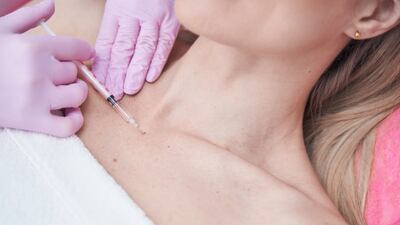Not so very long ago, reimbursement was king in the world of medical devices. Without reimbursement, there was no market, particularly for devices that had any degree of invasiveness to them. For that reason, if companies with surgical or even minimally invasive devices dreamed of one day selling to the virtually unlimited consumer market, they took the high road to the marketplace, by targeting a dire, and reimbursable, medical need first. Thus, Allergan Inc. , which had a multi-focal lens that could help the middle aged see both near and far without reading glasses, positioned its implantable device for the cataract market. Medtronic Inc. , looking into the market for obesity devices, got its electrical stimulation device approved for gastroparesis, an uncommon but horrendous disorder that causes frequent vomiting. (See "Obesity: Supersized Medical Device Market Also see "Obesity: Super-Sized Medical Device Market " - Medtech Insight, 1 March, 2003.) And injectable anti-wrinkle drug Botox (botulinum toxin) first entered the market as a therapy for a rare facial twitching disorder. But things are changing, and it was perhaps the overnight success of Botox that first signaled this shift.
Botox has boomed since its introduction in 2000; there were 1.6 million Botox injections in 2002, up 4% over the...





